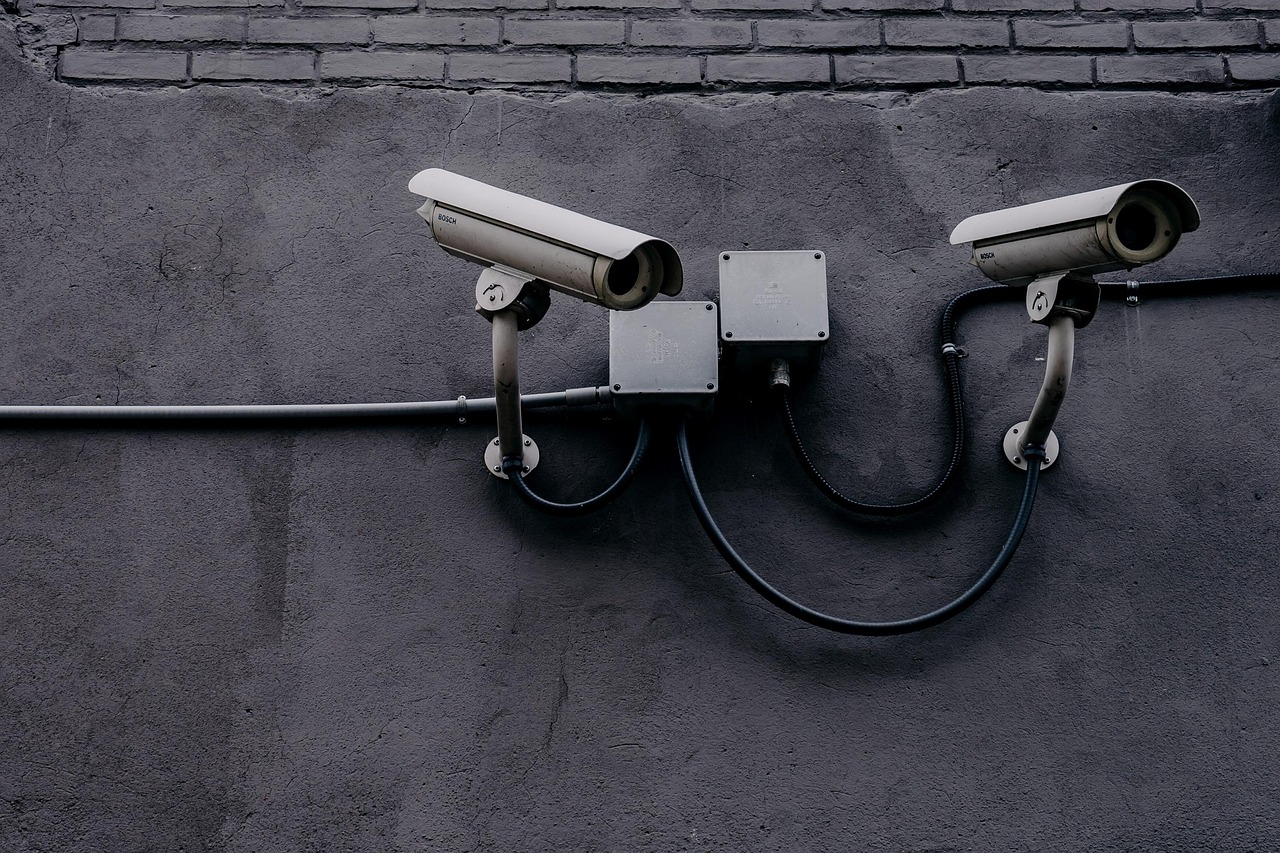SpaceX’s Starlink project has been hailed as a revolutionary solution to bridging the digital divide, particularly in underserved rural areas. The narrative portrays Starlink as a beacon of connectivity, offering high-speed internet access via satellite, circumventing the limitations of traditional fiber optics. The official story paints a picture of progress and inclusivity, but beneath this facade lies a darker truth.

Recent revelations expose a clandestine collaboration between SpaceX, led by Elon Musk, and the US military and intelligence apparatus. The Starlink satellite constellation, purportedly designed to democratize internet access, has been repurposed into a vast surveillance grid. Contracts worth billions with the National Reconnaissance Office (NRO) have transformed Starlink into a tool for global espionage, eroding privacy and raising profound ethical concerns.
Elon Musk’s SpaceX, in collusion with the NRO, is constructing a covert network of spy satellites under the guise of national security. This $1.8 billion initiative, concealed from public scrutiny, signals a new era of pervasive surveillance capabilities. The deployment of hundreds of satellites, shrouded in secrecy, heralds a dystopian reality where every corner of the globe becomes a target for unwavering scrutiny, blurring the lines between defense and intrusion.
The unholy trinity of Eaton Corporation, Palantir, and SpaceX poses a direct threat to the sanctity of democratic processes. By leveraging Eaton’s dominance in voting equipment, Palantir’s data access capabilities, and SpaceX’s Starlink technology, a shadow network emerges, casting a pall over electoral integrity. The integration of satellite networks into voting systems, facilitated by undisclosed partnerships, lays bare vulnerabilities that could compromise the very foundation of democracy itself.
SpaceX’s machinations, funded by a lucrative $1.8 billion contract with the NRO, underscore a perilous escalation in global surveillance capabilities. The proliferation of spy satellites equipped with advanced imaging technology ushers in an era of unprecedented scrutiny, blurring the boundaries between national security and unchecked intrusion. The relentless pursuit of ubiquitous surveillance, under the guise of defense, threatens to reshape the geopolitical landscape, consolidating power in the hands of a select few.
As we stand on the precipice of a new world order shaped by the convergence of technology and control, the implications of these revelations loom large. The fusion of military might with technological prowess heralds a future where privacy is a relic of the past and dissent is swiftly quashed. The trajectory set by these clandestine operations points towards a reality where autonomy is a luxury and surveillance is the norm, ushering in an era where freedom hangs in the balance.

